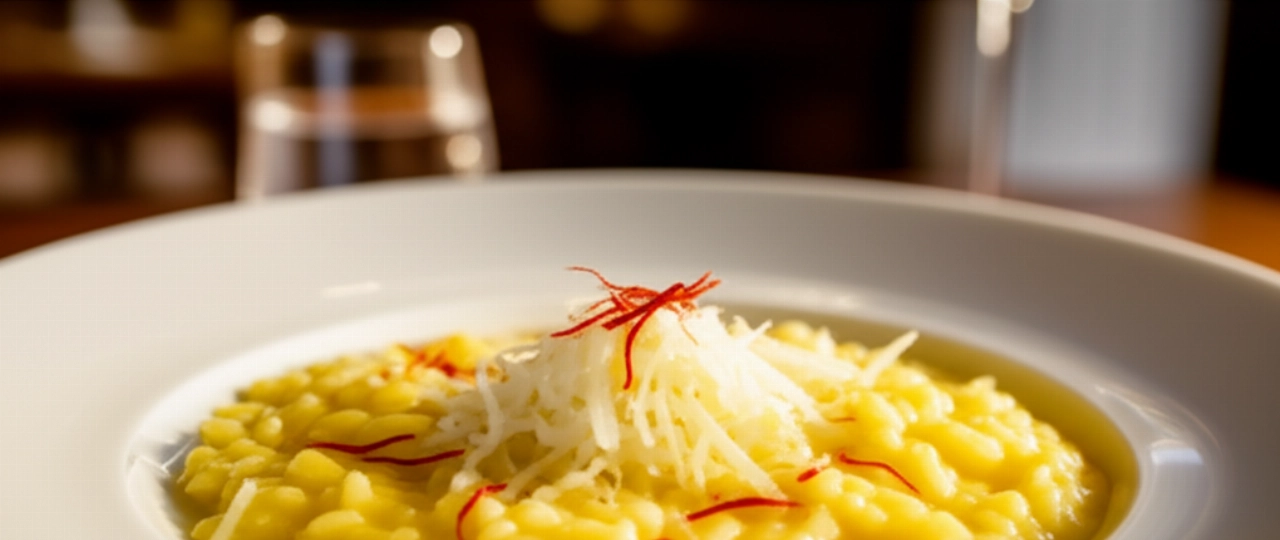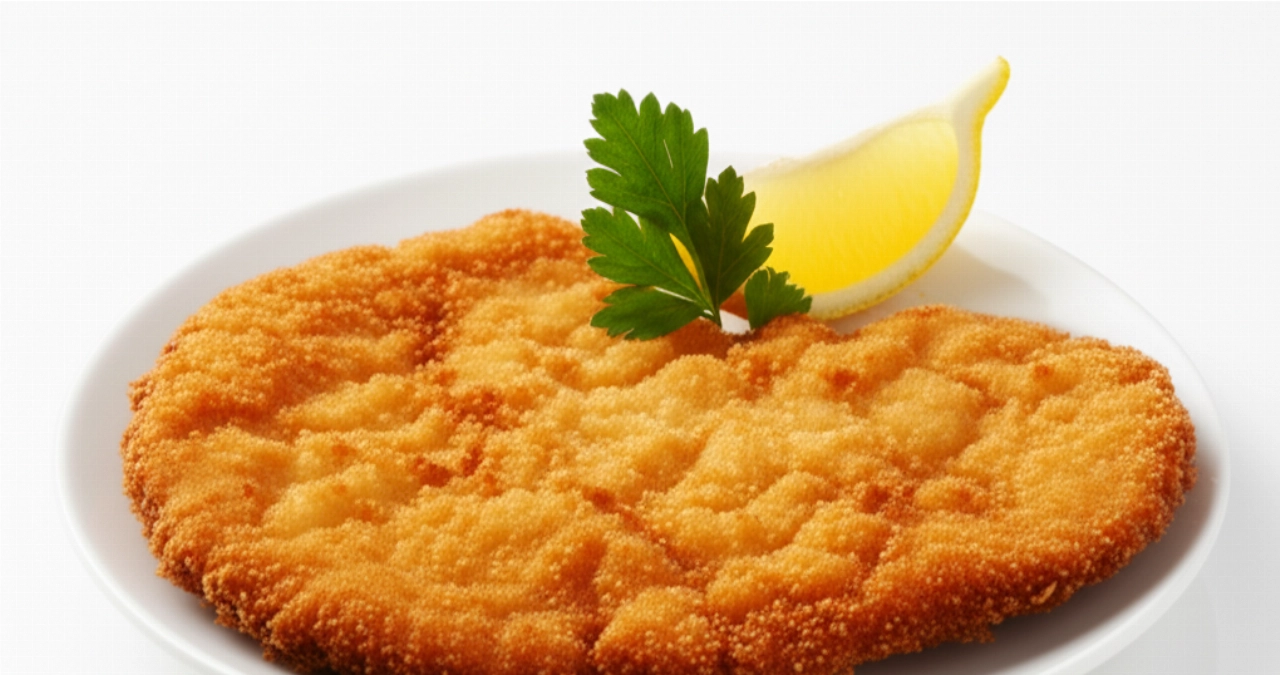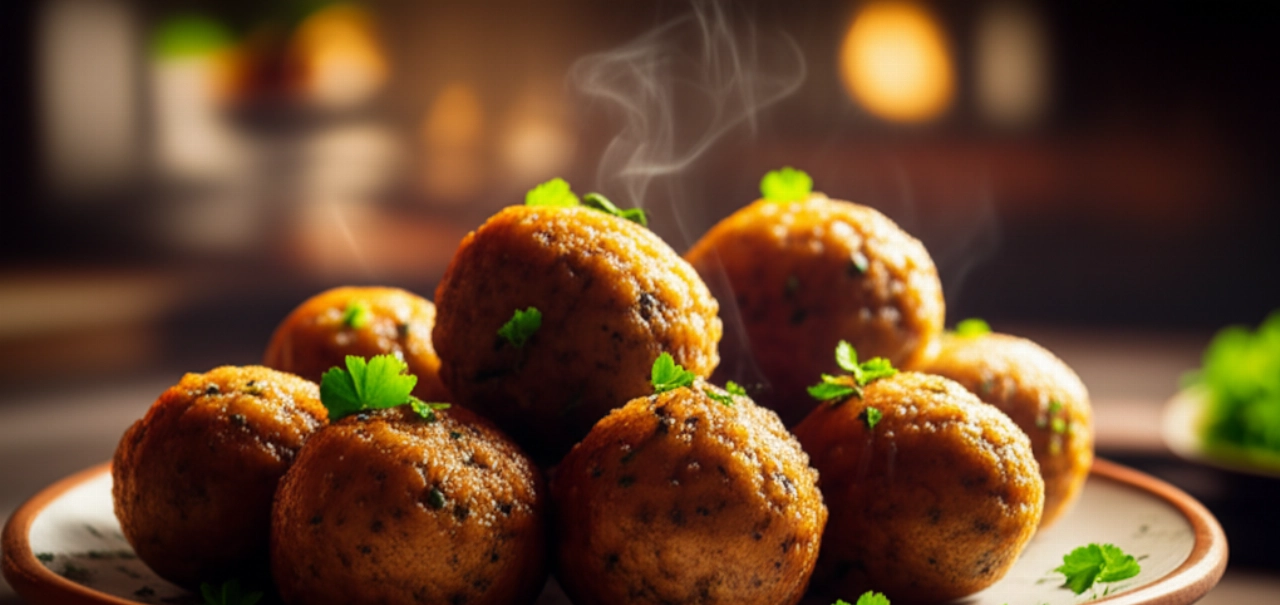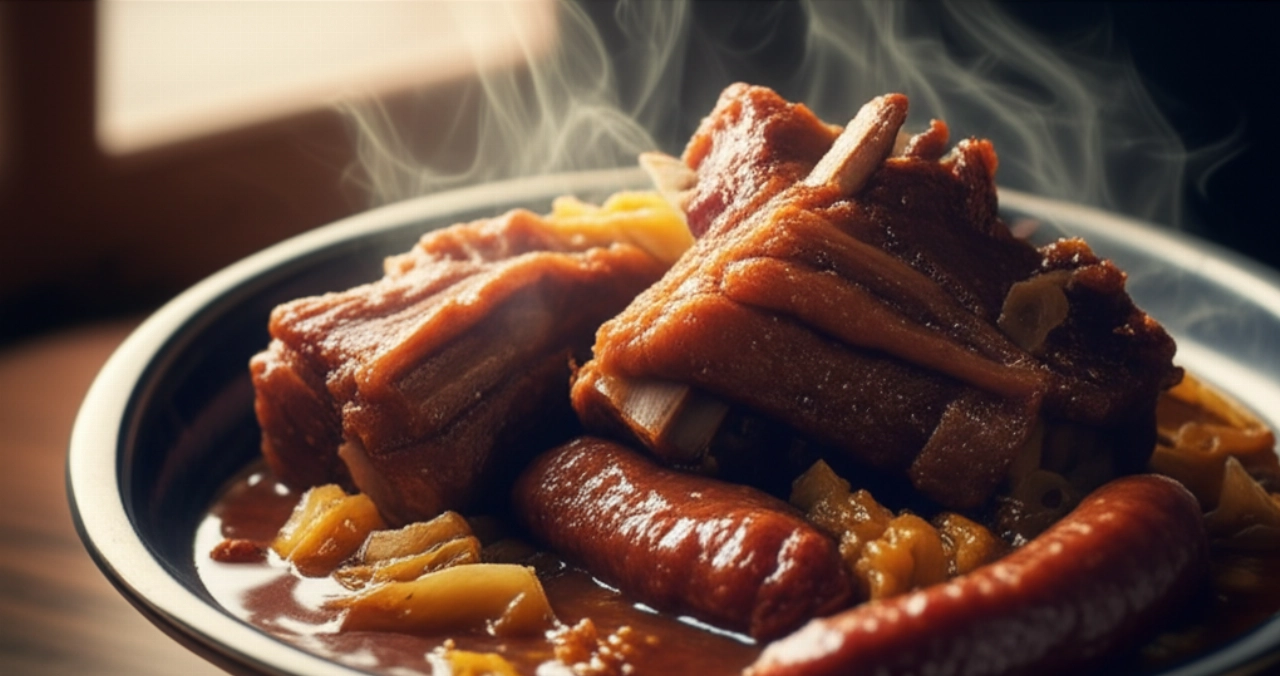Imagine the enveloping aroma filling your kitchen, that of a rich and comforting dish that speaks of history and home. We're talking about Milanese Ossobuco, a true masterpiece of Lombard culinary tradition, with its unmistakable gremolada and meat that melts in your mouth.
But how many times have you tried to prepare it only to end up with tough meat, a bland sauce, or, even worse, without that magic that only authentic ossobuco can deliver? The fear of wasting precious ingredients or not living up to such an iconic dish is more than understandable.
Make yourself comfortable, because on this page you won't just find a list of ingredients. I'll guide you step by step, revealing all the secrets to prepare a Milanese Ossobuco so tender and succulent it can be cut with a spoon, accompanied by a vibrant and aromatic gremolada. Success is guaranteed, and your guests will ask for seconds (and the recipe!).
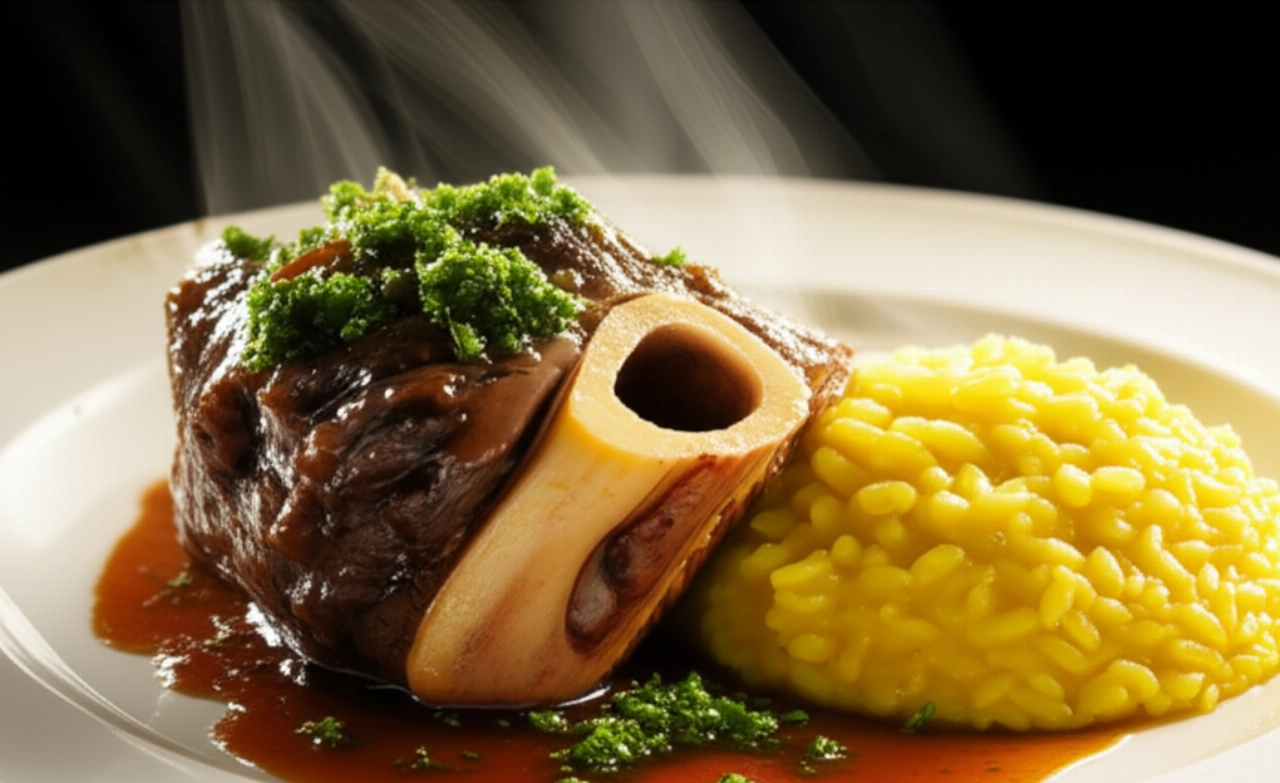
Milanese Ossobuco: Smart Ingredients for a Masterpiece Dish
For a Milanese Ossobuco that will impress, the choice of ingredients is fundamental. It's not just about quantity, but quality and understanding the role of each.
- The Ossobuchi: Choose veal shanks (preferably hind shanks) about 3-4 cm thick, with the bone in the center and the marrow clearly visible. The marrow is a treasure of flavor and creaminess that will melt into the sauce. Ask your trusted butcher to make a small cut on the outer membrane to prevent the meat from curling during cooking.
- Butter: Forget the oil for this time! Butter is essential for the initial browning, it gives a richer flavor and a perfect golden crust.
- Flour: A little goes a long way. It's used to lightly flour the ossobuchi, creating a golden crust that seals in the juices and helps thicken the sauce.
- Broth: A good beef broth (or vegetable broth, if you prefer a more delicate flavor) is the liquid base for your sauce. Make it at home if you can, it will make a huge difference.
- Dry White Wine: A glass of quality dry white wine, not too aromatic, for deglazing. It helps to deglaze the bottom of the pan and adds complexity to the flavor.
- Gremolada: The final touch, the soul of Milanese Ossobuco! You will need:
- Organic Lemon Zest: Only the yellow part, please! The white part is bitter. It adds freshness and an unmistakable aroma.
- Fresh Parsley: Finely chopped, for an herbaceous note and a vibrant color.
- Garlic: A small clove, finely minced. If you don't like garlic, you can omit it, but tradition calls for it!
- Vegetables for the Soffritto: Carrot, celery, and onion. The classic mirepoix that is the base of every good Italian sauce.
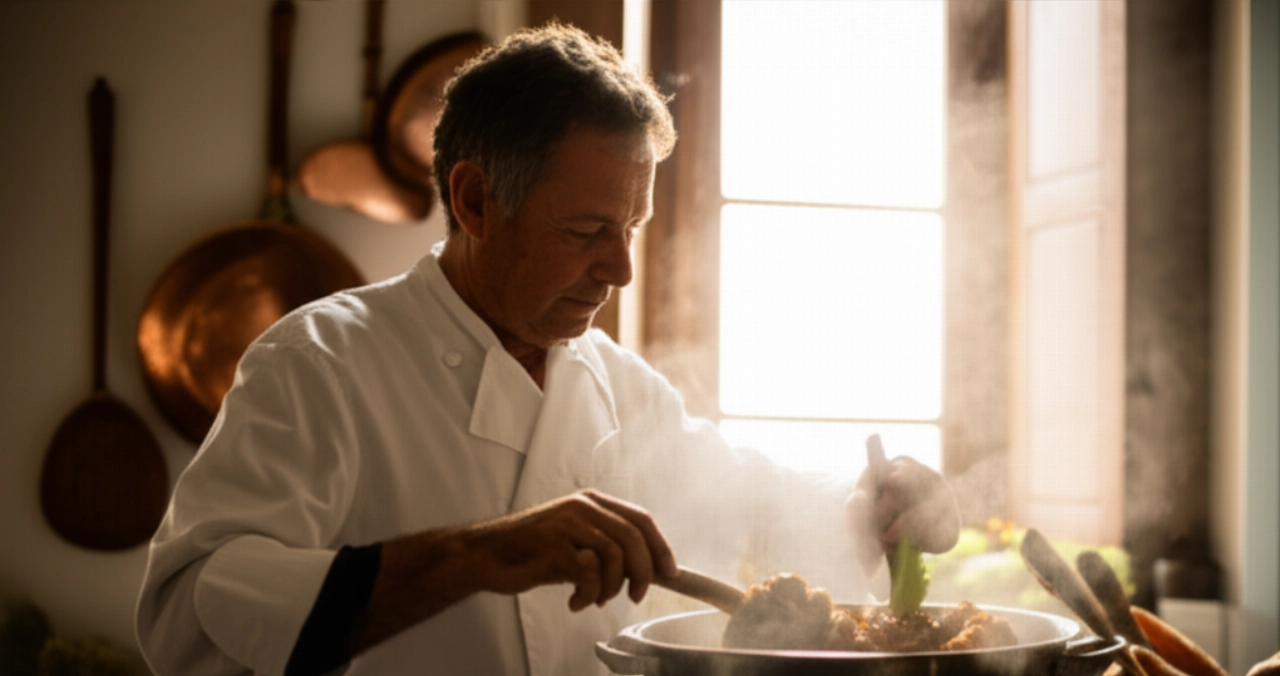
3 Common Mistakes with Milanese Ossobuco (and How to Avoid Them)
Preparing a perfect ossobuco is not difficult, but there are some pitfalls that can compromise the final result. Here's how to avoid them:
- Dry and Tough Meat: This is often caused by cooking too quickly or over too high heat. Ossobuco needs time and love! Cook it over very low heat, covered, and make sure there's always enough liquid. Don't rush to turn it; let it sear well first.
- Bland or Too Liquid Sauce: Poor quality broth or an excessive amount of liquid can dilute the flavor. Use good broth and add it little by little. The light dusting of flour helps to thicken, but the secret is slow reduction, which concentrates the flavors.
- Bitter or Non-existent Gremolada: Gremolada should only be added at the very end, off the heat, to preserve its freshness and aroma. If you use the white part of the lemon, it will be bitter. And don't underestimate the importance of finely chopping the ingredients.

The Milanese Secret: The Touch That Makes Ossobuco Unforgettable
There's a small detail that makes the difference between a good ossobuco and a memorable one. A trick revealed to me by an old Milanese chef, a true guardian of traditions. And it's related to the marrow.
Many simply cook the ossobuco and let the marrow melt into the sauce. And that's fine. But for a truly authentic experience, once the ossobuco is plated, take a small spoon and scoop the marrow from the bone, spread it over the hot meat before adding the gremolada. This gesture amplifies the tenderness and umami flavor of the dish, making it incredibly rich and enveloping. It's a small secret that elevates ossobuco from excellent to sublime.
Let's Prepare Milanese Ossobuco Together: Step-by-Step Guide
Ingredients:
- 4 veal shanks (about 300-350g each)
- 50g butter
- 2 tablespoons all-purpose flour
- 1 small onion
- 1 small carrot
- 1 stalk celery
- 200 ml dry white wine
- 500-700 ml hot beef broth (or vegetable)
- Salt and black pepper to taste
For the Gremolada:
- Zest of 1 organic lemon
- 1 bunch fresh parsley
- 1 small clove garlic (optional)
Tools Needed:
- A large, heavy-bottomed casserole dish, preferably cast iron, with a lid
- A cutting board and a sharp knife
- Kitchen tongs
Instructions:
- Prepare the Ossobuchi: First, with a sharp knife, make 2-3 small cuts on the outer membrane surrounding each ossobuco. This will prevent them from curling during cooking. Lightly flour the ossobuchi on both sides, shaking off any excess flour with a meat mallet or simply by shaking them.
- The Perfect Browning: In a large casserole dish, melt the butter over medium heat. When it's melted and slightly foamy, place the ossobuchi in. Brown them for about 3-4 minutes per side, until they are nicely golden. This step is crucial for sealing in the juices and creating a flavor base. Once browned, remove them from the casserole and set aside.
- The Aromatic Soffritto: In the same casserole, add another small piece of butter if necessary. Add the finely chopped onion, carrot, and celery. Sauté them gently over low heat for about 8-10 minutes, until they are tender and translucent. They shouldn't burn!
- Deglaze with Wine: Slightly raise the heat and pour the white wine into the casserole. Let the alcohol evaporate completely, scraping the bottom with a wooden spoon to retrieve all the caramelized flavors. This process is called "deglazing" and is fundamental for a rich sauce.
- Slow and Loving Cooking: Return the ossobuchi to the casserole. Pour in enough hot broth to cover about two-thirds of the meat. Salt and pepper to taste. Bring to a boil, then reduce the heat to minimum, cover with the lid, and let it simmer gently for at least 2 and a half hours, or even 3 hours.
- Checking for Doneness: During cooking, check occasionally that the broth doesn't dry out too much. If necessary, add another ladle of hot broth. Turn the ossobuchi every 30-40 minutes for even cooking. They will be ready when the meat is very tender and easily separates from the bone.
- Prepare the Gremolada: While the ossobuco cooks, prepare the gremolada. Finely chop the parsley, lemon zest (only the yellow part!), and garlic (if using). Mix the ingredients well.
- The Final Touch: Once cooked, remove the ossobuchi from the heat. Plate them immediately, perhaps accompanied by a creamy Milanese Risotto, their traditional pairing. Before serving, generously sprinkle the gremolada over each ossobuco. Remember the marrow secret: extract it with a small spoon and spread it over the hot meat for an explosion of flavor!
Tips and FAQs for Milanese Ossobuco
Here are some of the most common questions I get asked about Milanese Ossobuco, with my "grandma-chef" answers:
- Can I prepare ossobuco in advance? Absolutely yes! Milanese Ossobuco is one of those dishes that gets better the next day. You can prepare it completely, let it cool, and then store it in the refrigerator for 2-3 days. Gently reheat it over low heat before serving, adding a splash of broth if necessary. The gremolada, however, should always be prepared and added at the last minute to maintain its freshness.
- Can I freeze ossobuco? Of course! Once cooked and cooled, you can freeze the ossobuco with its sauce in airtight containers. It keeps for about 2-3 months. To thaw, leave it in the refrigerator overnight and then gently reheat it.
- What is the best cut of meat for ossobuco? Veal shank (the upper part of the leg) is the traditional and best cut. Make sure the slices are thick (3-4 cm) and contain the bone with the marrow, which is essential for flavor and texture.
- Why is my meat tough? Tough meat is almost always a symptom of insufficient or too rapid cooking. Ossobuco requires slow and prolonged cooking over very low heat. Don't be afraid to extend the cooking time if the meat doesn't easily separate. Patience is key!
- Can I use other aromatics in the soffritto? The traditional Milanese recipe only calls for carrot, celery, and onion. If you want to experiment, you can add a bay leaf or a sprig of rosemary during cooking, but remember that the purity of the flavor is part of this dish's charm.
There you have it! Now you don't just have a recipe, but all the secrets to bring a Milanese Ossobuco to the table that tastes of home, tradition, and love. A dish that is not just food, but a true hug for the soul.
Don't be afraid to experiment. Cooking is an act of creativity and generosity. But start with this solid base and you'll see that applause, compliments, and requests for "more!" will not be lacking. It will be a guaranteed success, I promise you!
Have you tried our recipe? We're so curious to see your masterpiece! Leave a comment below, tell us how it went, or share a photo on Instagram tagging @CercaRicette.it. If you loved this ossobuco, you can't miss our recipe for Milanese Risotto, its ideal companion, or our guide to preparing a perfect Homemade Beef Broth!
